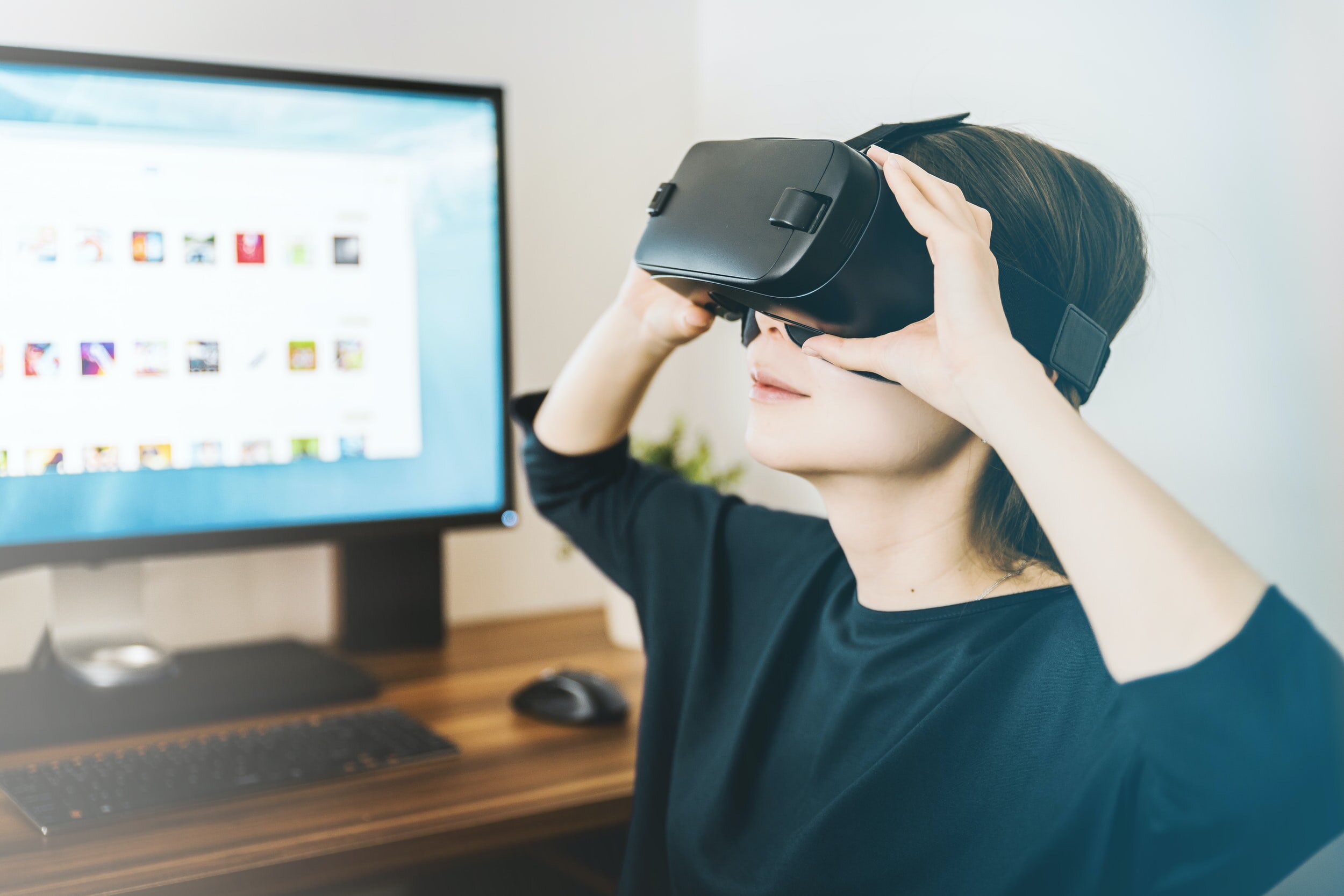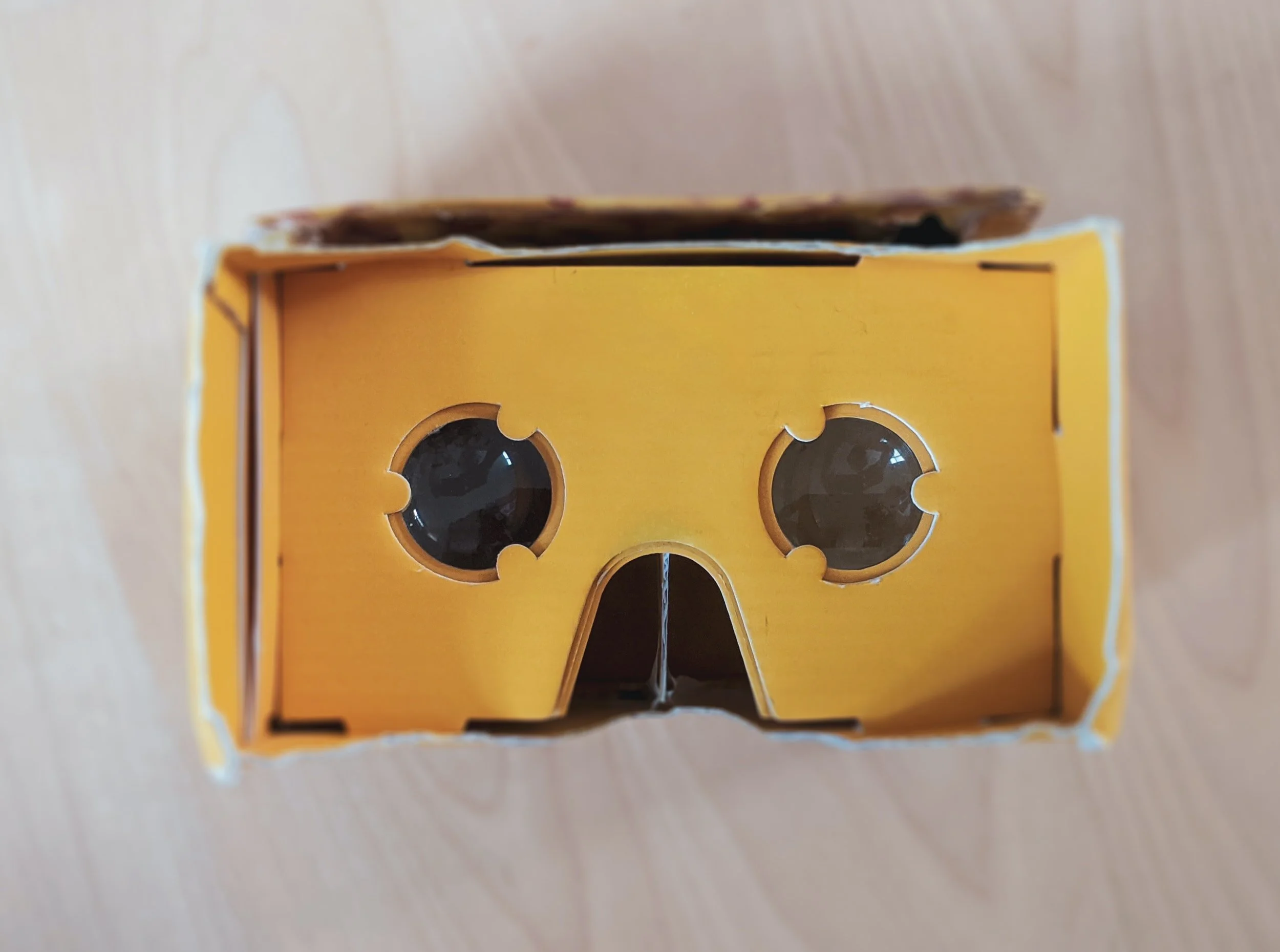Google Cardboard: The Future of Virtual Study Abroad
/by Makayla Vasek, Communications Specialist
virtual reality (noun)
a phrase associated with immersive video games, dollar signs, and complex technology
But, what if virtual reality could also be associated with affordable education? Aside from the entertainment industry, education has been the strongest driver of VR advancement in recent years. With the onset of the pandemic and consequential mass transition to online classes, innovation has only accelerated. Not all advancement, however, involves expensive technology.
Over the past week, I have been exploring the possibilities of Google Cardboard, a VR platform named for its fold-out cardboard viewer into which a smartphone can be inserted. Using free Cardboard-compatible mobile apps and YouTube 360° videos, I’ve spent my days touring museums in Paris, swimming in the Great Barrier Reef, and even visiting the International Space Station; and I’ve returned to tell you this:
Google Cardboard is…
Mobile
The only technology Google Cardboard requires is a smartphone, which means you can navigate the VR world from anywhere. The viewer folds into a 5” x 7” box, making it easy to slip into your backpack between uses.
Easy to Use
Google Cardboard is as easy to use as its name might suggest. To use the platform, I simply ran compatible content on my phone, placed it in the back of the viewer, and viewed the content through the lens. The headset uses single button navigation much like a disposable camera. Beyond that, all it takes is a little old-fashioned physical movement (i.e. turning your head) to explore the streets of a city on the other side of the world.
Affordable
Compared to other brands, Google has provided the most accessible low-cost system as a way of encouraging widespread interest in VR. Instead of monopolizing the product, Google openly sources the building kit to allow individuals and manufacturers alike to create their own. Some manufacturers sell their versions at prices as low as $5, although this review is based on the original $15 Google Cardboard. With resources this cheap, VR is not just for heavily endowed universities anymore. Educators and students from all grade levels and income brackets now have the opportunity to engage in VR-assisted education.
Hands-on
The greatest complaint about online courses is the disconnection students feel from their peers and the course content. Although the physical distance remains, the Google Cardboard platform helps bridge these distances through hands-on experiential learning, making students feel more connected and engaged with the class curriculum.
Distraction-free
The purpose of any VR headset is to mentally insert someone into another reality. The Google Cardboard accomplishes just that, but because it removes students from their computer screens, it also eliminates common distractions like email notifications and social media temptations that often interrupt our Zoom calls and recorded lectures.
3 Challenges Facing Virtual Reality in Education
While Google Cardboard is available and ready for educational use, there are still some barriers to using virtual reality in education as a whole.
Video Game Perception
Virtual reality has historically been viewed as a gaming device rather than an educational tool. The VR industry will need to break that preconceived notion in order to convince educators and especially students to see VR as more than just a game.
Limited Content
Because of VR’s novelty, there is a limit on what video content is available, and with current public safety restrictions set in place, there are many educational sites and museums that cannot be photographed or filmed at this time.
Technology Requirement
Even the affordable Google Cardboard platform still requires a smartphone, leaving students who don’t have regular access to a phone out of the loop.
The Future of Virtual Study Abroad
Learn from Travel is at the forefront of integrating virtual reality into study abroad programs. VR services include the ability to overlay 360° video and photos with educational content such as contextual information, curriculum analysis, and quizzes to create an all-inclusive educational experience. Click here to learn more about how Learn from Travel is using this affordable technology to create priceless VR study abroad experiences.
Now that you can safely experience the world from the comfort of your couch, where are you going to travel first with your Google Cardboard?
Consider using these free resources as you begin to navigate the world of educational VR:
















